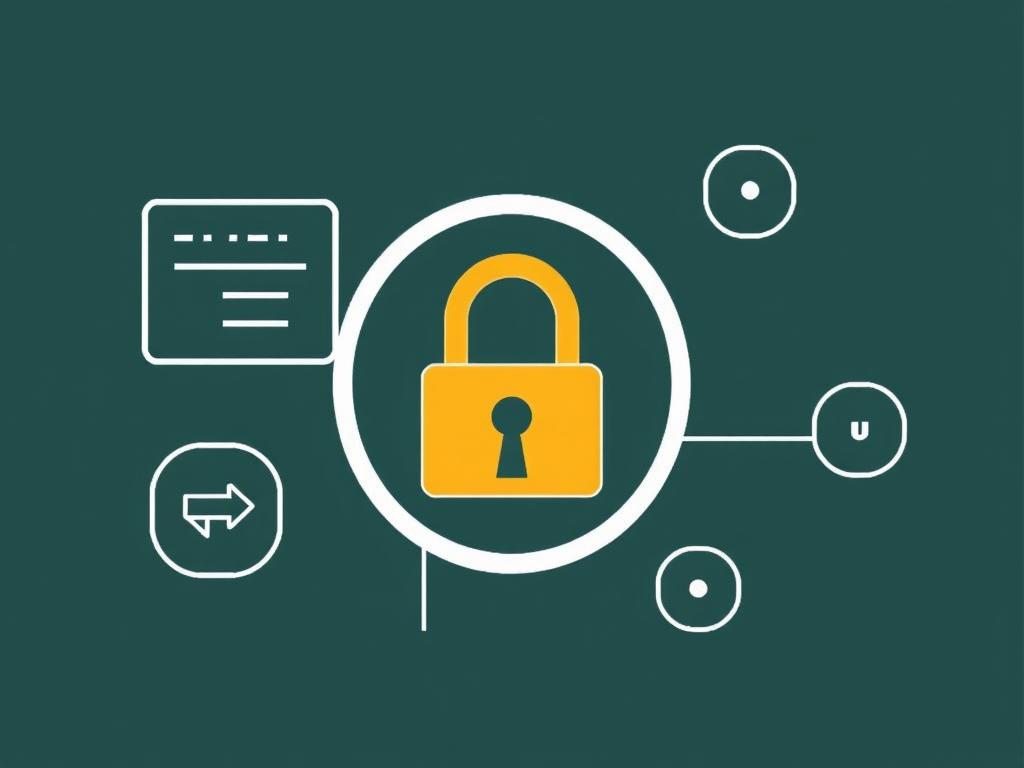In today’s fast-paced digital landscape, software updates have become an essential part of maintaining security and performance. But have you ever wondered how these updates can be applied smoothly without causing interruptions or risking system integrity? This is where soft updates step in, revolutionizing the way software security is managed. Unlike traditional update methods that might require a full system reboot or cause temporary downtime, soft updates enable security patches and enhancements to be implemented more seamlessly. By minimizing disruptions and ensuring consistency during update processes, soft updates enhance software security in a way that keeps both users and systems happy.
Soft updates play a critical role in reducing security vulnerabilities by allowing patches to be applied without the usual pauses often associated with updates. This means that important fixes can be rolled out quickly—addressing vulnerabilities before they can be exploited. Imagine a scenario where a system needs urgent protection against a new malware strain; soft updates help deliver this protection swiftly without forcing users to stop what they’re doing or shut down key applications. The convenience this offers is invaluable, especially for enterprises relying on continuous uptime to maintain operations.
What Exactly Are Soft Updates?

Soft updates refer to a method of applying updates where changes are introduced dynamically, usually without the need for immediate restarts or downtime. This is achieved through advanced techniques that make the update process smooth and consistent. To better understand this, let’s compare soft updates with hard updates—the traditional method.
In hard updates, the system must typically stop running processes, install changes, and then restart. This interruption may cause inconvenience or even data loss if not managed properly. Soft updates, on the other hand, make changes in the background or during low-usage periods, using mechanisms that ensure the integrity of the system files and databases.
| Aspect | Hard Updates | Soft Updates |
|---|---|---|
| Downtime | Usually required | Minimized or none |
| User Disruption | High | Low |
| Security Risk Window | Longer | Shorter |
| Update Speed | Slower | Faster |
| System Integrity | Maintained with risk during restarts | Maintained continuously |
As the table shows, soft updates not only speed up the update process but also help maintain a higher level of system consistency during changes, which is crucial for software security.
How Do Soft Updates Improve Software Security?
Soft updates enhance software security by shrinking the window of vulnerability between discovering a flaw and implementing a fix. When updates can be applied without shutting down systems or stopping services, security patches become more agile and responsive. This agility allows organizations to:
- Deploy critical security fixes faster, reducing exposure to cyber threats.
- Keep systems running in a secure state without forcing downtime.
- Lower the risk of human error that can occur during complex update procedures.
- Maintain continuous compliance with industry security standards.
For example, in online services like banking apps or cloud platforms, even brief downtime is costly and poses security challenges. Soft updates make sure that the latest security protocols are implemented without interrupting service, thereby offering users robust protection quietly in the background.
Real-World Examples of Soft Updates in Action

Several modern operating systems and applications have adopted soft update techniques, contributing to better overall security. Consider Apple’s iOS, which uses a variant of soft updates to apply patches and enhancements with minimal disruption to users. Similarly, major Linux distributions use package management systems that allow live patching, a form of soft updating, to fix kernel vulnerabilities without rebooting.
Even large-scale enterprise solutions rely on soft updates. Cloud service providers use container orchestration tools that facilitate rolling updates, enabling one part of a system to update while others keep functioning. This method improves reliability and security simultaneously by ensuring that updates do not leave the system exposed.
Key Technologies Supporting Soft Updates
Soft updates hinge on several powerful technologies working together. These include:
- Live Patching: Applying fixes to running software without stopping it.
- Atomic Updates: Ensuring updates are all-or-nothing changes to prevent partial updates that could introduce vulnerabilities.
- Version Control and Rollback: Managing versions carefully so updates can be reversed if issues arise.
- Automated Testing and Validation: Running tests to ensure updates won’t break security or functionality before full deployment.
These technologies collectively safeguard the updating process, making sure it is smooth, safe, and timely. Organizations embracing soft updates benefit from increased resilience against attacks and quicker adaptation to security threats.
Challenges and Considerations When Implementing Soft Updates

Despite their benefits, soft updates also come with challenges. Implementing an update mechanism that avoids downtime yet guarantees system integrity is complex. Careful design and testing are essential to prevent introducing new vulnerabilities during the update process. Moreover, some legacy systems or applications may not support soft updating techniques, requiring gradual migration or hybrid models.
Security teams must also consider how updates are authenticated and delivered to avoid man-in-the-middle attacks or rogue patches. Ensuring updates are cryptographically signed and verified is a critical part of the process.
Furthermore, organizations should maintain comprehensive monitoring to detect any anomalies during and after updates. This vigilance helps them react rapidly if something goes wrong and maintains overall software security.
Best Practices for Leveraging Soft Updates Effectively
For businesses and developers planning to adopt soft updates, the following best practices can help maximize security benefits:
- Automate Update Deployment: Use tools to apply updates quickly and consistently.
- Implement Granular Rollouts: Release updates in small batches to reduce risk.
- Ensure Data Backup and Recovery Plans: Prepare for quick restoration if updates cause issues.
- Maintain Transparent Communication: Notify users or stakeholders about update schedules and benefits.
- Regularly Audit Update Systems: Check for vulnerabilities or inefficiencies within the update mechanism itself.
Such approaches not only improve the security enhancements brought by soft updates but also build user trust by showing commitment to security and reliability.
Conclusion
Soft updates represent a significant advancement in maintaining and enhancing software security. They allow crucial patches and improvements to be delivered quickly and with minimal disruption to users or operations. By leveraging technologies like live patching, atomic updates, and automated validation, soft updates drastically reduce the vulnerability window that cyber attackers might exploit. While challenges exist in implementing these systems, following best practices ensures that updates are both safe and effective. Ultimately, soft updates create a seamless experience, empowering organizations and users alike to stay protected in an ever-evolving digital threat landscape without sacrificing convenience or reliability.

